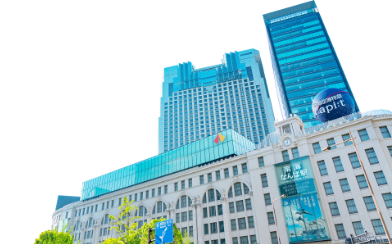
OSAKA
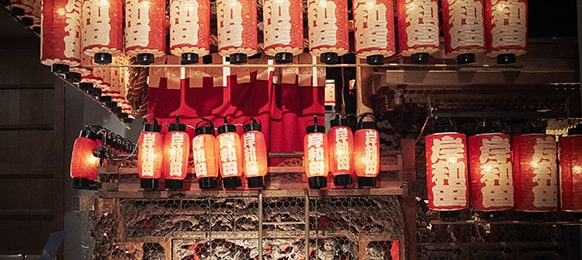
KISHIWADA

Suggested Itineraries
Osaka
Sakai is a city of history
and culture
with over 40 ancient burial mounds.
DepartureNankai Namba station
Train of Nankai Electric Railway (Nankai Main Line) 14 minutes
Sakai Station
Walk 2 minutes
Sakai community cycle
Bike 3 minutes
Sakai Plaza of Rikyu and Akiko
Bike 2 minutes
Mimiu
Bike 1 minutes
Kanbukuro
Bike 11 minutes
Jikko Japanese Knife
Bike 2 minutes
Tsuboichi Seicha Hompo
Bike 2 minutes
Sakai City Traditional Crafts Museum
Bike 17 minutes
Nintoku-tenno-ryo
Bike 2 minutes
Daisen Park
Bike 2 minutes
ArrivalHanachawan
A museum where you can freely experience a Japanese tea ceremony.
Sakai is well known as the birthplace of master of the tea ceremony Sen no Rikyu and poet Yosano Akiko. At the Sakai Plaza of Rikyu and Akiko museum, you can feel the history and culture of Sakai through the lifetimes of these two people. You can see documents and images related to these two people and experience a Japanese tea ceremony at the “Chanoyu (Tea Ceremony) Experience Rooms”. Although there are also regular tea rooms, we recommend the casual “Ryurei Teicha” where you can sit in the chair. Even one person can use the rooms without a reservation at a reasonable cost. At a tea ceremony, it’s also important to admire the hanging scrolls and tea cups, and you will also learn such traditional etiquette. Also, don’t miss the “Sakai Taian tearoom”, a recreation of a tea room constructed by Sen no Rikyu. This tea room, which is just two tatami mats in size, has a unique feel. On a special viewing tour, you can also enter the room and experience the space of beauty that Sen no Rikyu sought.
A knife store that has received attention worldwide from regular people to professional chefs.
Sakai has long been known as a production area for knives, and it is said that 90% of Japanese chefs use knives from Sakai. Jikko is a kitchen knife specialty shop that has continued the tradition of Sakai kitchen knives since 1900. These kitchen knives handcrafted by artisans are favorites of over 100,000 chefs, and Jikko has many fans overseas as well.
The first floor of the Sakai main store is an open factory where you can watch the work of the artisans. The second floor is a showroom, and the lineup of over 100 types of kitchen knives is a highlight. You can see various kitchen knives ranging from professional to home use, including sashimi knives like Japanese swords, kitchen knives decorated with Mount Fuji and the moon, and kitchen knives that have won international design awards. Staff members that speak English and Chinese are available for consultations regarding which kitchen knife is best for you.
You can also have your name engraved on a kitchen knife purchased here. The engraving takes just 20 seconds. In one visit, get a kitchen knife that is unique to you.
Experience powdered green tea at a café operated by a tea-processing manufacturer. .
This Japanese tea café is run by the long-standing tea processing manufacturer Tsuboichi Seicha Hompo. Enjoy flavorful Japanese tea made by professionals in a relaxing space inside a townhouse over 300 years old. The store offers powdered green tea, non-powdered green tea, roasted green tea, and various other types of tea, as well as a full lineup of sweets, including powdered green tea shaved ice and powdered green tea parfaits. There are also set meals made with tea flavored rice porridge and tea.
You can also try powdered green tea that you make yourself (from groups of two). Learn the way of making Tsuboichi-style, simple powdered green tea and taste it along with the traditional Japanese confectionery of Sakai. The powdered green tea workshop requires about 20 minutes and costs ¥1,800 per person. If you make a reservation two weeks in advance, staff will instruct you on the day.
*Prices as of late January 2020. Consumption tax not included
A collection of knives, incense sticks, traditional Japanese confectionery, and other traditional products of Sakai.
The Sakai City Traditional Crafts Museum introduces various traditional industries, including knives, incense sticks, handwoven cotton carpets, hand-dyed bleached cotton, kelp, and bicycles, and collects fine items from Sakai, such as traditional Japanese confectionery that was developed together with the tea ceremony brought to perfection by Sen no Rikyu.
Because visitors can see, experience, and bring home (purchase) Sakai’s traditions and artisan techniques here, visitors come from overseas, as well as from within Japan, and the number of tourists, particularly from Western countries, is increasing rapidly. Every day, the museum is crowded with people looking for the fine products of Sakai.
Also, knife sharpening and incense making workshops and demonstrations by traditional Japanese confectionery artisans are held regularly, so you can enjoy the traditional industries of Sakai in a more intimate setting. The Knife Museum on the second floor holds exhibitions of rare knives, such as those for cutting tuna, and exhibitions and sales of high-grade knives for professionals and enthusiasts, and you can also ask for detailed explanations from a French coordinator.
Japan’s largest burial mound, which has been registered as a world heritage site.
The Tomb of Emperor Nintoku represents the Mozu-Furuichi Kofun Group, which was registered as a UNESCO world heritage site in 2019. The site, which was constructed in the mid-5th century, is a tumulus that has unusual keyhole shape that is rarely seen elsewhere in the world. Although it is not possible to approach the ancient burial mound because it is surrounded by three moats, you can catch a glimpse of the shape of the ancient burial mound covered in trees and shrubs at the interior of the place of worship at the front.
The Tomb of Emperor Nintoku is known as one of the world's three biggest tombs, along with the Pyramid of Khufu and the Mausoleum of the first Qin Emperor. It has an overall length is about 486 m and an incredible length of 840 m including moats. We recommend traveling along the round-trip route with signboards of about 2.8 km has been put in place. That way, you can truly feel its incredible size.
*The interior is not open to the public
Other spots

OSAKA
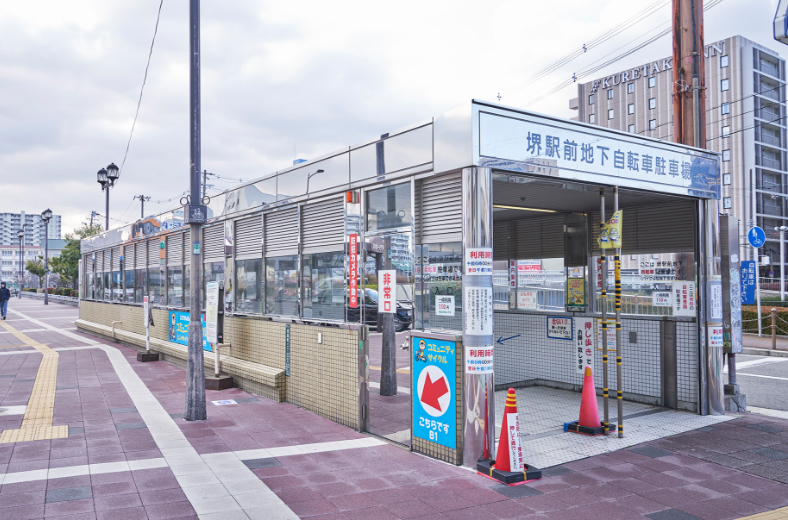
Sakai community cycle
(rental cycle)
Useful for city sightseeing. Bicycles can be rented for ¥300 a day.
*Please be aware that there may be a limit on the number of bicycles.
HP:https://www.city.sakai.lg.jp/kurashi/doro/jitensha/cycle/index.files/20190213leaflet.pdf

OSAKA
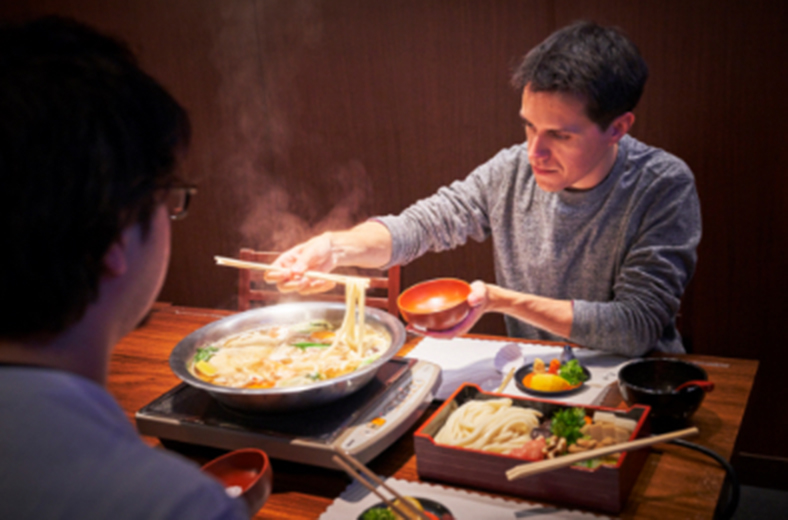
Mimiu
Udon-suki (seafood and vegetables cooked sukiyaki style and served with udon) made with specially prepared Japanese soup stock made from fish and kelp should not be missed.
1-1-12, Nakano-cho Higashi, Sakai-ku, Sakai-shi, Osaka 590-0956
TEL: 072-232-2059
Business hours: 11:00 AM to 10:00 PM (last order 9:00 PM)
Closed: Tuesday (Changes by month; no holidays in December)
Foreign language menu: English

OSAKA
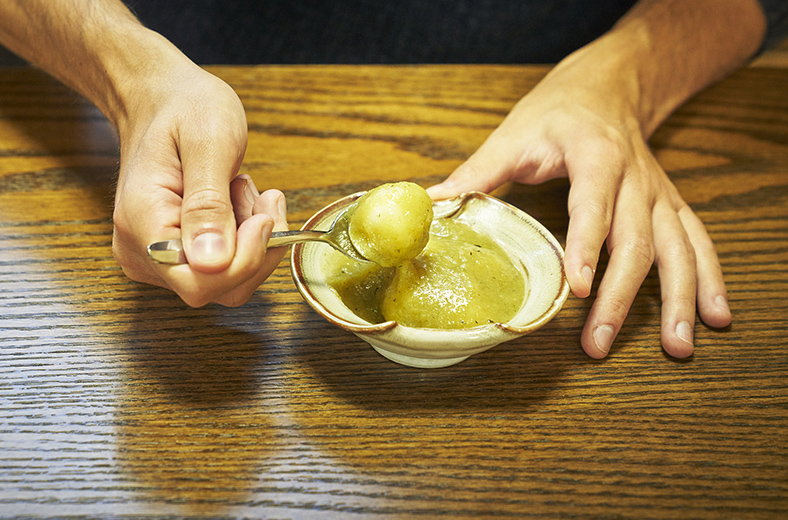
Kanbukuro
This Japanese-style confectionary store with 700 years of history offers only two products.
1-2-1, Shinzaike-cho Higashi, Sakai-ku, Sakai-shi 590-0964
TEL: 072-233-1218
Business hours: 10 AM to 5 PM (Closes when products sell out)
Closed: Tuesday, Wednesday (open if a public holiday)
Foreign language menu: English

OSAKA
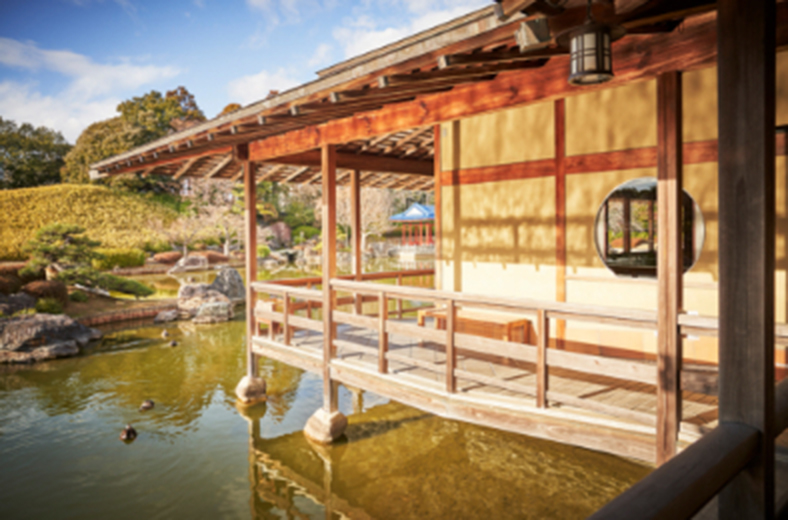
Daisen Park Japanese Garden
A Japanese garden created through the use of traditional gardening techniques.
Daisen Nakamachi, Sakai-ku, Sakai-shi 590-0802 (in Daisen Park)
Opening times: April through October: 9 AM through 5 PM (entry until 4:30 PM)
November through March: 9:30 AM through 4:30 PM (entry until 4 PM)
Closed: Monday (if a public holiday, closed the following Tuesday), New Year’s holidays

OSAKA
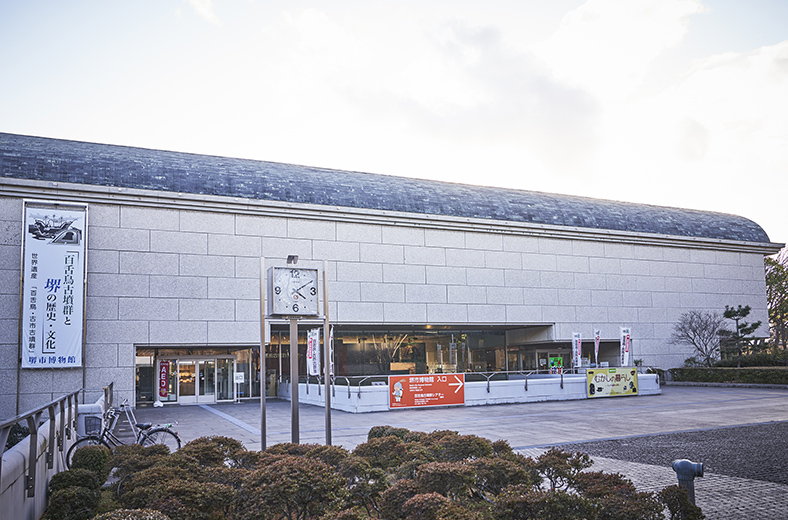
Sakai City Museum
The VR tour lets you view the Tomb of Emperor Nintoku from the air.
2 Mozusekiun-cho, Sakai-ku, Sakai city, Osaka 590-0802 (in Daisen Park)
Opening hours: 9:30 AM to 5:15 PM (entry until 4:30 PM)
Closed: Monday (open if a public holiday), New Year’s holidays

OSAKA
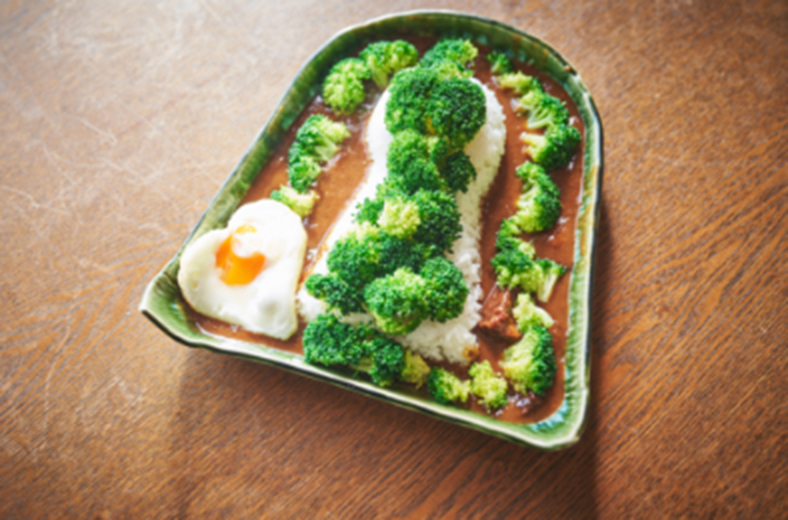
Hanachawan
Home of the popular “Kofun Curry” rice and curry dish that looks like the Tomb of Emperor Nintoku.
2-265 Mozusekiun-cho, Sakai-ku, Sakai-shi 590-0802
Business hours: 11 AM to 7 PM (while supplies last)
TEL: 072-244-8725
Closed: No scheduled holidays
Transportation facilities to use
Nankai Electric Railway, Sakai Station (14 minutes from Nanba Station)
Related links

